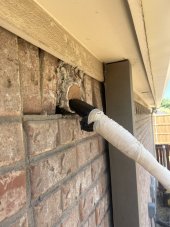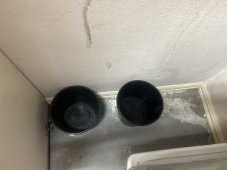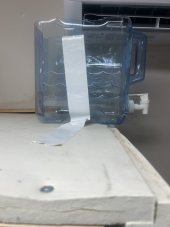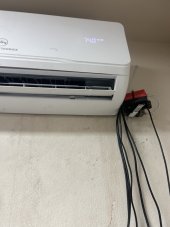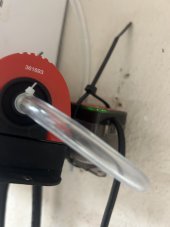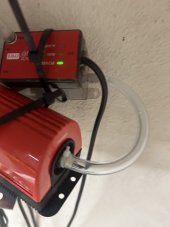Removed the indoor unit and plug is in secure. Condensation drainage line secured properly (quadruple checked). No line kinks. Moved bracket one inch left to create more space to ensure no kinking. Still dripping.
I’ll buy a mini split condensate pump.
The lines do run at a downward angle out of the house, but maybe I should have drilled and chiseled a more severe downward angle.
*it has been 110 degrees with good humidity the last two weeks here in Texas.
I’ll buy a mini split condensate pump.
The lines do run at a downward angle out of the house, but maybe I should have drilled and chiseled a more severe downward angle.
*it has been 110 degrees with good humidity the last two weeks here in Texas.



